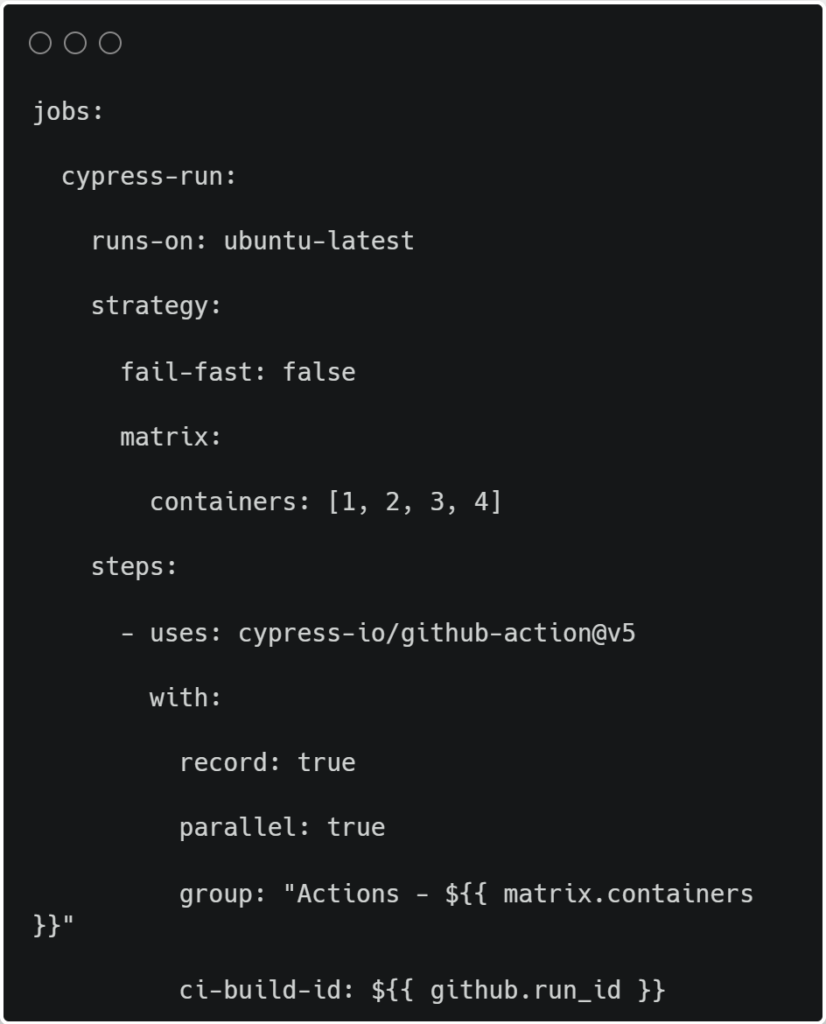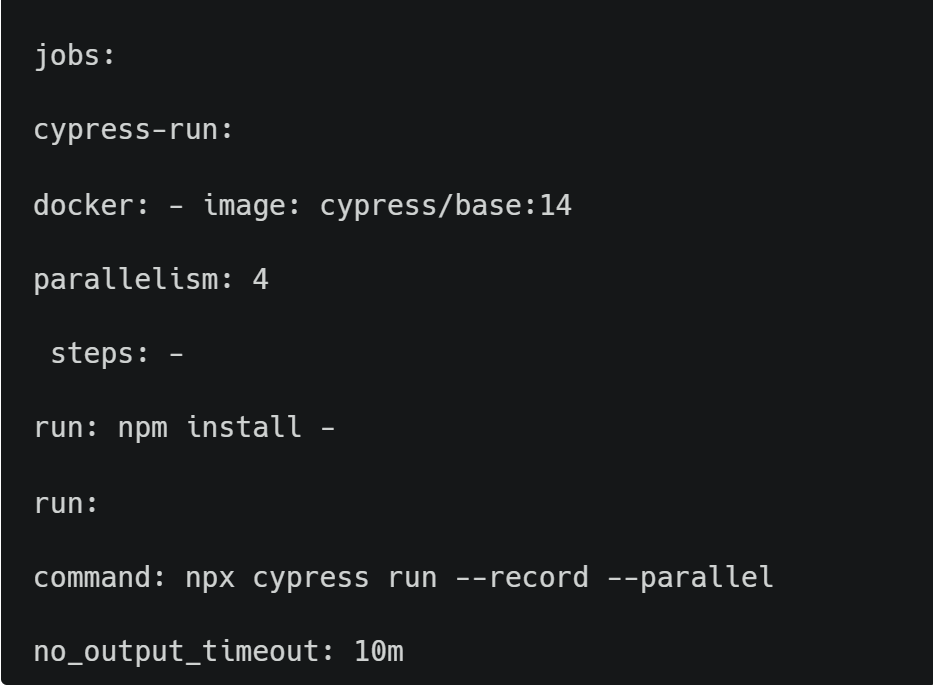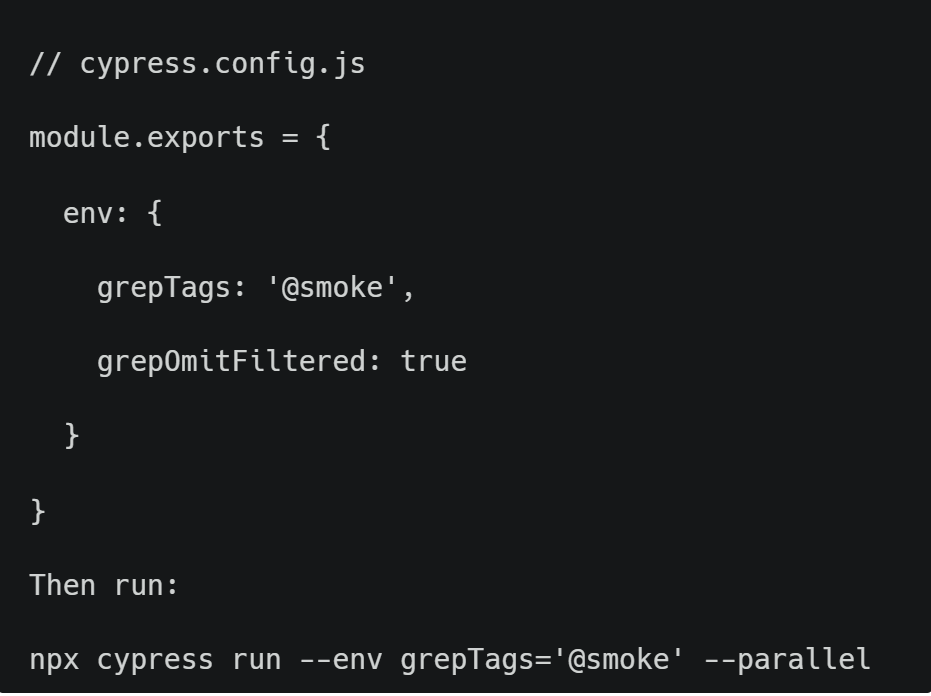
As applications grow and teams adopt agile workflows, testing speed and efficiency become just as critical as test coverage. Choosing the right test execution strategy can directly impact delivery timelines, developer productivity, and overall system stability.
Your team pushes a critical update, and the CI/CD pipeline kicks off. But it takes 45 minutes to run the full test suite. Developers are blocked, deployments are paused, and the release window starts to slip.
This isn’t just about slow tests—it’s about lost momentum, delayed feedback, and team frustration. As your test suite expands, execution strategy becomes just as important as test quality.
Tools like Cypress, known for their modern, developer-friendly end-to-end testing framework that supports two primary execution strategies:
-> Sequential Testing – Straightforward, and reliable—ideal for small- to mid-size suites.
-> Parallel Testing – Delivers faster and scalable test execution with proper configuration; while CI/CD integration enhances coordination, it’s not a strict requirement.
So, which one should you choose? The answer depends on your project’s complexity, test volume, infrastructure, and release cadence.
Let’s dive in…
Sequential Testing in Cypress
How Does Cypress Execute Tests Sequentially?
Unlike some other test runners, Cypress does not natively support true multithreading within a single browser instance. Instead:
- Tests run in the exact order defined in your spec files.
- Each it() block executes one after another, even across different describe blocks.
- The browser does not reset between tests unless explicitly configured (e.g., cy.session() or beforeEach).
This deterministic flow is why sequential testing is Cypress’s default—and why it’s easier to debug.
When to Use Sequential Testing in Cypress?
- Test suites with shared state (e.g., a shopping cart flow).
- Cases where the execution order matters
- Small projects where test runtime is under 10 minutes.
Parallel Testing in Cypress
How Cypress Parallelization Really Works
Cypress parallelization does not mean multi-threading in a single browser. Instead:
- Test files are split across multiple machines or containers (e.g., via CI/CD workers).
- Each machine runs a subset of specs independently.
- The Cypress Dashboard aggregates results for reporting.
Key Insight: Parallelism in Cypress happens at the spec file level, not the test level. If a single spec.js contains 50 tests, those 50 tests will still run sequentially on one machine.
Key Differences: Sequential vs. Parallel in Cypress
1. Execution Model
| Aspect | Sequential Testing | Parallel Testing |
| Test Order | Executes spec files and tests in a defined, fixed order. | Distributes spec files randomly across workers while maintaining a fixed order for tests within each spec. |
| Browser Instances | Single browser instance | Multiple isolated instances |
| Resource Usage | Single CPU core leveraged | Multiple cores/machines utilized |
| Failure Impact | Stops entire run on failure | Other workers continue running |
2. State Management
| Aspect | Sequential Testing | Parallel Testing |
| Test Dependencies | Tests can safely share state within a spec if needed, though spec files should remain independent. | Both tests and spec files must be fully independent. |
| Database | Can maintain transaction state | Requires atomic test data |
| Authentication | Can persist login across tests | Needs isolated auth per worker |
| Cleanup | Can defer to end of run | Must clean after each spec |
Advanced Best Practices for Parallel Testing
1. Optimal Test File Structure

Strategy: Group stateful tests together for sequential execution using –spec
“cypress/e2e/checkout/*.js”
2. CI/CD Configuration Examples
GitHub Actions:

CircleCI:

3. Advanced Load Balancing
Use @cypress/grep to smartly distribute tests:

4. Network Optimization
For API-heavy tests:
// Mock heavy APIs in parallel runs
before(() => {
if (Cypress.env(‘parallel’)) {
cy.intercept(‘GET’, ‘/api/products*’, { fixture: ‘products.json’ })
}
})
5. Debugging Parallel Test Failures
1. Isolation Techniques
// Add worker context to screenshots
afterEach(function() {
if (this.currentTest.state === ‘failed’) { const worker = process.env.CI_NODE_INDEX || ‘local’ cy.screenshot(${worker}-${this.currentTest.title})
} })
2. Cross-Worker Logging
// Write to shared log file
const fs = require(‘fs’)
afterEach(() => {
fs.appendFileSync(
‘parallel.log’,
`[Worker ${process.pid}] ${Cypress.currentTest.title}\n`
) })
When to Choose Which Approach?

Sequential Testing is Better When:
- Testing complex user journeys (e.g., signup → verification → purchase)
- Dealing with legacy systems that can’t handle parallel connections
- Running on resource-constrained environments
- Debugging flaky tests (eliminates parallelism as variable)
Parallel Testing Shines When:
- Test suites that require a long execution time (typically exceeding 15 minutes).
- CI/CD pipelines where rapid feedback is essential.
- Using cloud-based CI environments with scalable workers to distribute load.
- Teams with independent, stateless tests (90%+ isolation recommended).
- Test scenarios where spec files and tests are properly isolated to avoid state conflicts.
- Development workflows that follow trunk-based development with frequent commits requiring fast, reliable test runs.
Important Read: How To Reduce Test Suite Execution Time in CI/CD Pipeline?
End Note:
Testing isn’t about choosing sides—it’s about playing to your strengths. Sequential testing is your meticulous detective, carefully tracing each step to uncover bugs. Parallel testing is your powerhouse athlete, smashing through test suites at record speed. The secret sauce? Be the coach who knows when to deploy each player.
- Sequential for your VIP tests (those mission-critical user journeys that can’t afford surprises)
- Parallel for your supporting cast (independent, atomic tests begging for speed)
- Hybrid execution for when you need both precision and performance
Remember: The best testing strategies evolve. Start conservative, measure impact, then scale up your parallel execution as your confidence grows.
Want the best of both worlds – sequential reliability AND parallel speed? Our Cypress test automation experts at Testrig Technologies can help you build the perfect hybrid solution! Get in touch with Global Cypress automation testing company!


